The development of ultra-low energy consumption, near zero energy consumption, zero energy consumption buildings, is an important way to low-carbon transformation of the construction industry. Carbon emissions from building operations account for about 20 percent of the country's total carbon emissions, and close to 40 percent if hidden carbon emissions are counted. In order to achieve peak carbon neutrality in buildings, the most important measure is to promote new buildings to achieve ultra-low energy consumption, near zero energy consumption, zero energy consumption buildings. Relevant data show that the current carbon neutral index of the real estate construction industry is only 43.5. In order to promote the green development of the building sector and achieve the goal of "double carbon", the country has issued relevant policies for many times in recent years requiring the promotion of ultra-low energy consumption and near-zero energy consumption buildings and the development of zero-carbon buildings.
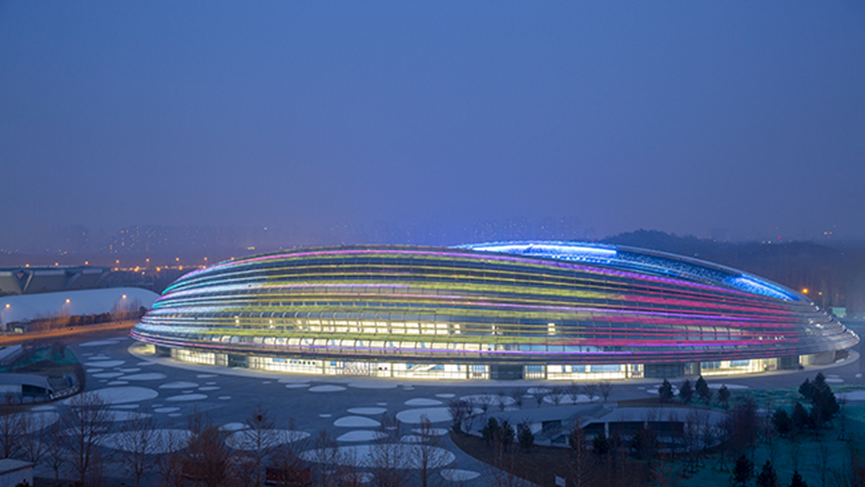
Near Zero Energy Building
To adapt to climate characteristics and site conditions, it minimizes building heating, air conditioning and lighting requirements through passive building design, maximizes energy equipment and system efficiency through active technical measures, makes full use of renewable energy, provides a comfortable indoor environment with minimum energy consumption, and its indoor environmental parameters and energy efficiency indicators meet
Ultra-Low Energy Building
Ultra-low energy consumption building is the primary form of near-zero energy consumption building. Its indoor environmental parameters are the same as those of near-zero energy consumption building, and its energy efficiency index is slightly lower than that of near-zero energy building
Zero-Energy Building
Zero-energy building energy is an advanced form of near-zero-energy building, whose indoor environmental parameters are the same as those of near-zero-energy buildings. It makes full use of the renewable energy resources in the building body and surrounding areas, so that the annual renewable energy capacity is greater than or equal to the total energy used by the building throughout the year.
We can see that the zero-energy building can completely cover the energy demand of the building itself through the utilization of renewable energy in the building itself and the surrounding area, and even the excess energy can be used by the society. In order to achieve this goal, new energy-saving technologies, material technologies and energy utilization technologies are constantly applied to buildings. The following technologies deserve our attention.
Integrated Technology of Prefabricated Insulation Decoration
As the technological crystallization of building industrialization, prefabricated building represents the most advanced form of future building development. By adopting the construction form of prefabricated buildings, the standardization of building design, production and construction is realized. Therefore, the use of prefabricated building form, is the foundation of the development of energy saving, low carbon building. In terms of material technology, vacuum thermal insulation material is being introduced into the outer protection system of prefabricated buildings, which not only realizes the prefabricated design, but also greatly improves the thermal insulation performance of buildings and reduces building energy consumption.
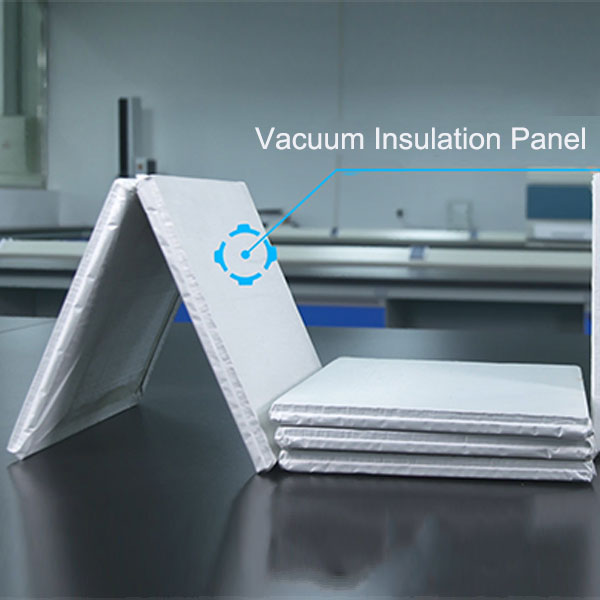
Energy Saving Technology of Vacuum Glass Curtain Wall
In recent years, the glass curtain wall system has become almost the main solution for non-residential buildings. For the transparent peripheral curtain wall system, the glass area accounts for about 85% of the total area of the system. In this case, the glass curtain wall system almost undertakes the important energy-saving task of the building periphery. Glass curtain wall system is the transparent envelope structure of the building. In order to realize the overall energy saving, there are naturally two defects: one is that the thickness cannot be increased without limit; the other is that the light transmittance cannot be too low; From an energy conservation perspective, it's hard to have both.
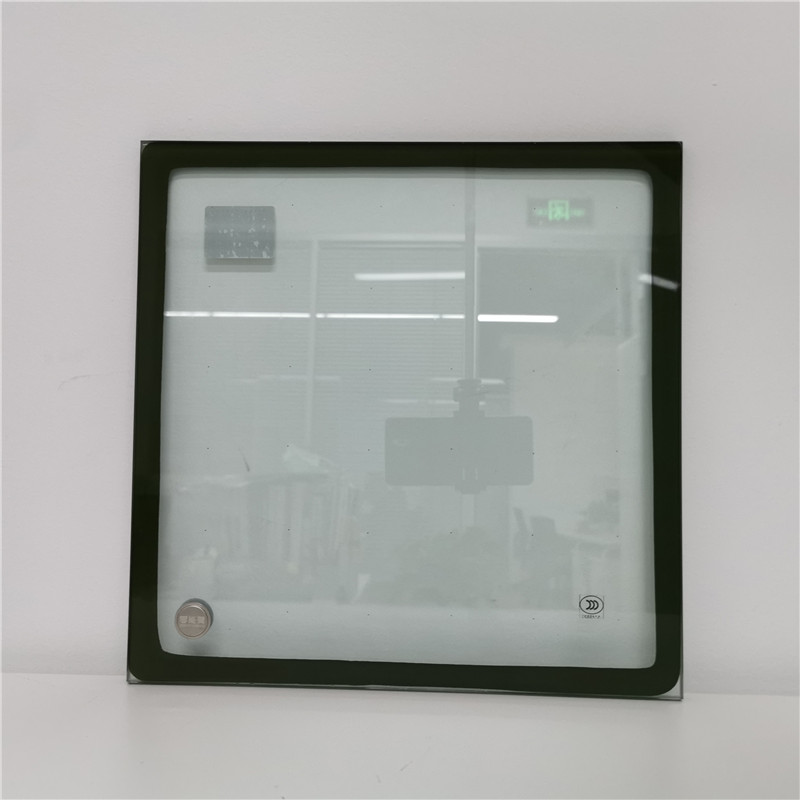
Photovoltaic BIPV Technology for Roof and Wall Facades
Roof and wall facades PV (BIPV) is an innovative and sustainable way of generating solar energy and building cladding. The technology has several advantages: 1. It includes the ability to generate electricity and provide heat when needed; 2. It can generate more energy than traditional solar panels; 3. Because it is integrated with the building periphery, it needs to occupy less space; 4, the application of environmental protection technology, because it will not pollute the environment; 5. Combined with other building energy saving technologies, the electric energy produced by photovoltaic BIPV can not only reduce building energy consumption, but also provide social use.
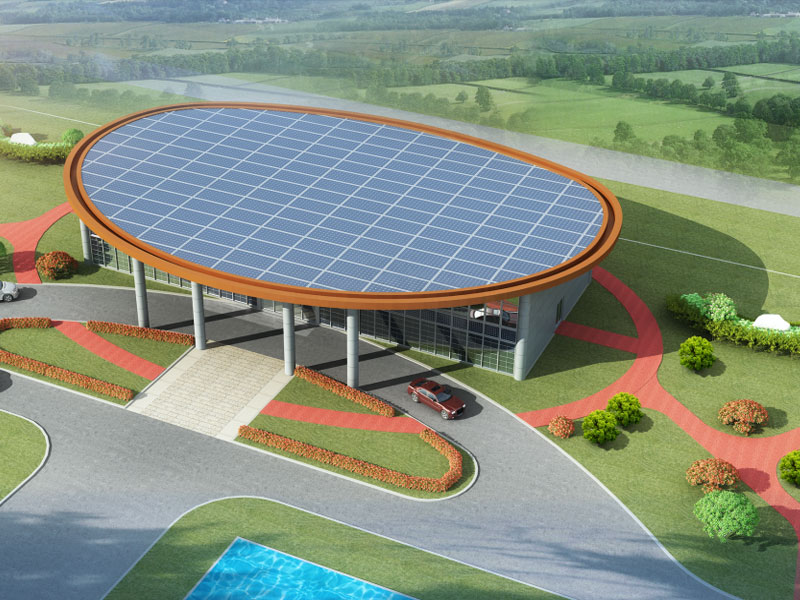
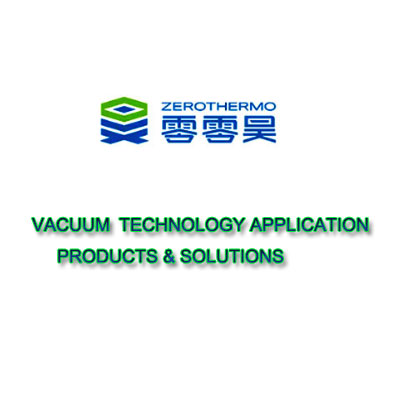
Zerothermo focus on vacuum technology for more than 20 years, our main products : vacuum insulation panels based on fumed silica core material for vaccine, medical, cold chain logistics, freezer, integrated vacuum insulation and decoration panel, vacuum glass, vacuum insulated doors and windows. If you want to learn more information about Zerothermo vacuum insulation panels, please feel free to contact us, also you are welcome to visit to our factory.
Sale Manager: Mike Xu
Phone :+86 13378245612/13880795380
E-mail:mike@zerothermo.com
Website:https://www.zerothermovip.com
Post time: Dec-23-2022




